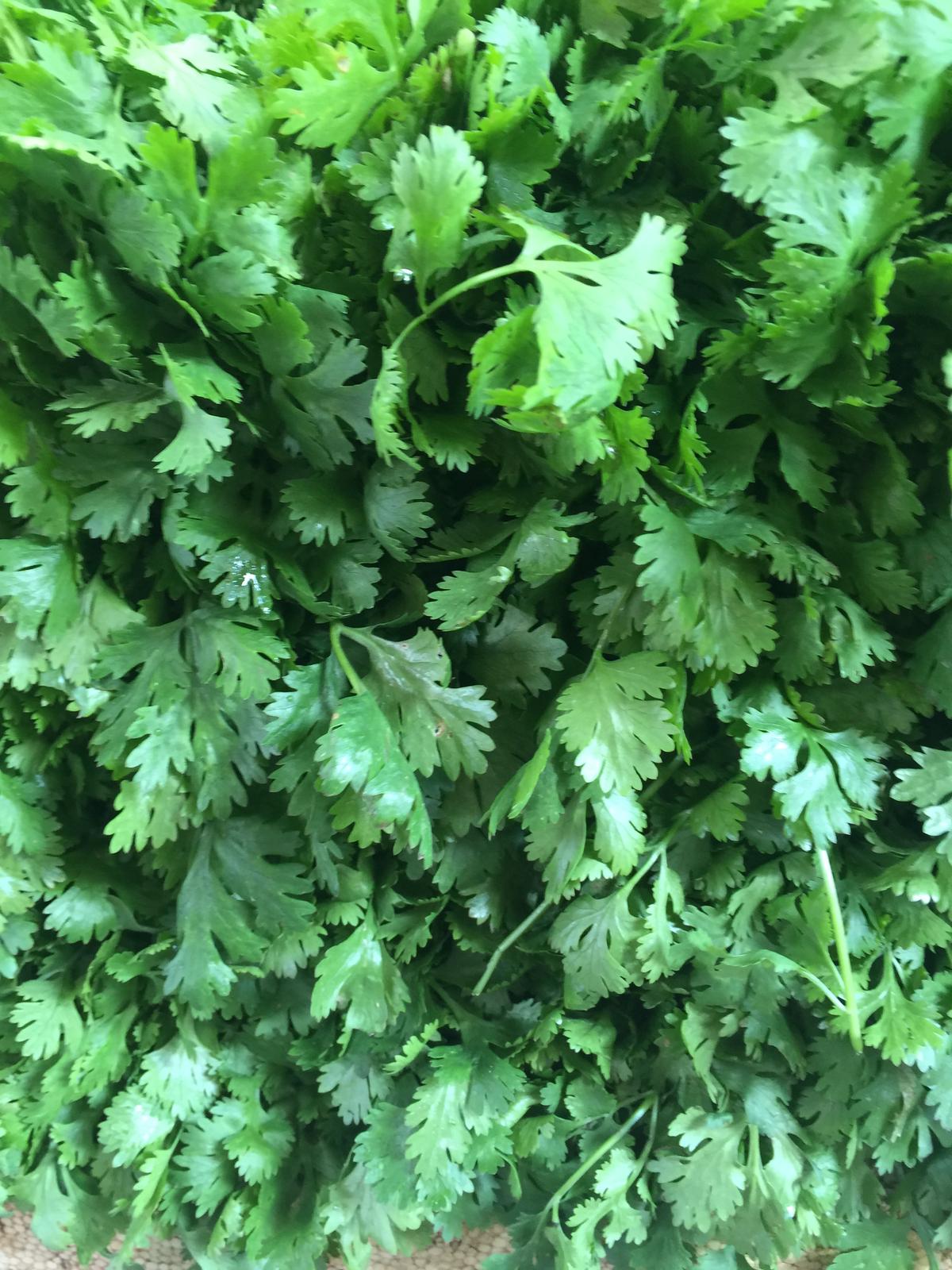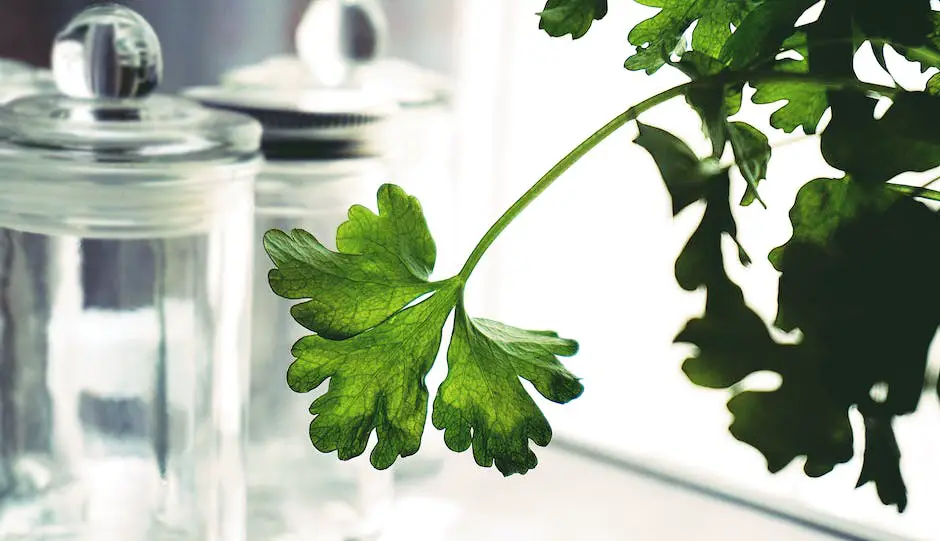Whether it’s a finishing touch garnish for your gourmet dishes or a key ingredient in your daily meals, fresh parsley can add a splash of color and a burst of flavor to your culinary creations. It is important to understand that not all parsley is created equal and the type of parsley you choose plays an integral role in its optimal storage. This write-up aims to provide an in-depth look at the two common types of parsley – Curly Leaf and Italian Flat Leaf, and how their unique characteristics may require varied storage techniques. Additionally, delve into an array of effective preservation techniques from fishing it out of the fridge, plunking it in a jar with water, to freezing, or even drying it. Each method and its steps, along with its associated advantages and drawbacks, will also be thoroughly detailed.
Understanding Fresh Parsley Types
Understanding Fresh Parsley Types and their Unique Storage Needs
Parsley is an herb that is widely used in multiple cuisines around the world and comes in two main types, Curly Leaf parsley and Italian Flat Leaf parsley. The former, as the name suggests, has curly, frilly leaves and a milder flavor, while the latter possesses flat, pointed leaves and a stronger, slightly bitter taste.
Reader Poll: What online courses would interest you?
When it comes to storage, Curly Leaf parsley and Italian Flat Leaf parsley have slightly different needs due to their distinct leaf structures. The curly variety tends to trap and hold onto moisture, making it more susceptible to rot, while the flat leaf variety is more resilient and can stay fresh longer. Understanding these unique storage needs of each variety will help you create the best conditions to keep the parsley fresh.
Storage Methods for Fresh Curly Leaf Parsley
To keep Curly Leaf parsley fresh, it is essential to control the moisture level. Rinse the parsley under fresh water to remove any dirt or debris, then gently pat dry with a paper towel. To store it in the fridge, place the parsley, stem side down, in a glass with enough water to cover only the stems and not the leaves. The glass should be placed in a refrigerator so that the green leaves are protected from direct exposure to the harsh cold. Alternatively, you can wrap them lightly in a slightly damp paper towel, seal in a plastic bag, and place it in your refrigerator’s vegetable drawer.
Storage Methods for Fresh Italian Flat Leaf Parsley
For Italian Flat Leaf parsley, the process is pretty similar to Curly Leaf parsley. To keep it in the refrigerator, it should be washed, gently patted dry, and placed stem side down in a glass with only stems submerged in the water. Due to its sturdy leaves, it can also be stored in the hardier part of a refrigerator. Plastic bag storage also works for this variety.
Subscribe to our newsletter!
Using Fresh Parsley from the Freezer
To extend the life of your fresh parsley further, you can freeze it. Both types of parsley can be finely chopped and added to an ice cube tray, then filled with water and frozen. The herb-infused ice cubes can then be added directly to the things you’re cooking for a burst of fresh parsley flavor.
Remember not to wash the parsley before freezing it, as the excess moisture can cause the leaves to clump together and lose their individual flavors. It’s best to wash the parsley right before you plan to use it.

Preservation Techniques for Fresh Parsley
Storing Fresh Parsley in the Fridge
Storing fresh parsley in the fridge extends its lifespan for one to two weeks.
- Start by loosely wrapping the parsley in a damp paper towel.
- Then, place the wrapped parsley in a plastic bag and seal it.
- Store the bag in the vegetable drawer of your fridge.
The major advantage of this method is its ease of use. The parsley is easily accessible and ready to use immediately. However, after a couple of weeks, the quality of the parsley will begin to degrade.
Using a Jar with Water
Preserving parsley in water can extend its freshness up to a month.
- Trim the ends of the parsley stems.
- Fill a jar halfway with cold water, place the parsley stems-down into the jar.
- Cover the jar loosely with a plastic bag.
- Store the jar in your refrigerator and replace the water every couple of days.
With this method, the parsley stays crisp and fresh and it adds a touch of green to your fridge. The downsides are it takes up more space in the fridge and requires replacing the water occasionally.
Freezing Parsley
For storage longer than a month, you can freeze parsley.
- Wash the parsley, pat dry and finely chop it.
- Place the chopped parsley in an ice cube tray, add water to cover and freeze.
- Once frozen, transfer the cubes to a freezer bag for long-term storage.
The advantage of freezing parsley is that it retains more of its flavor compared to drying. However, it changes the texture, making it suitable only for cooked dishes.
Drying the Parsley
Dried parsley can last several months to a year.
- Wash the parsley, pat it dry.
- Bundle the parsley up and hang it in a cool, dry place until it’s thoroughly dried.
- Once dried, it can be crumbled and stored in air-tight containers.
Although drying parsley is a space-saving method and it keeps for a long time, it does have a downside: dried parsley doesn’t retain its flavor as well as frozen or fresh. It should ideally be used in cooked dishes.
No method is perfect – each comes with its own set of strengths and weaknesses, but any of these methods will extend parsley’s shelf life. Use the method that best suits your needs and available resources.

Having explored the distinctiveness of Curly Leaf and Italian Flat Leaf parsley and the demands they pose for their ideal storage, you now have the knowledge to choose best methods that will allow you to enjoy them fresh for longer periods. Furthermore, with the information on different preservation techniques, you are now armed with the tools needed to extend the life of this herb, thereby minimizing potential food waste, and ensuring a ready supply for your culinary endeavors. No matter which method you choose, remember that fresh parsley is not only a flavorful addition but a healthy one as well. Savor its vibrancy as you experiment in your kitchen!

